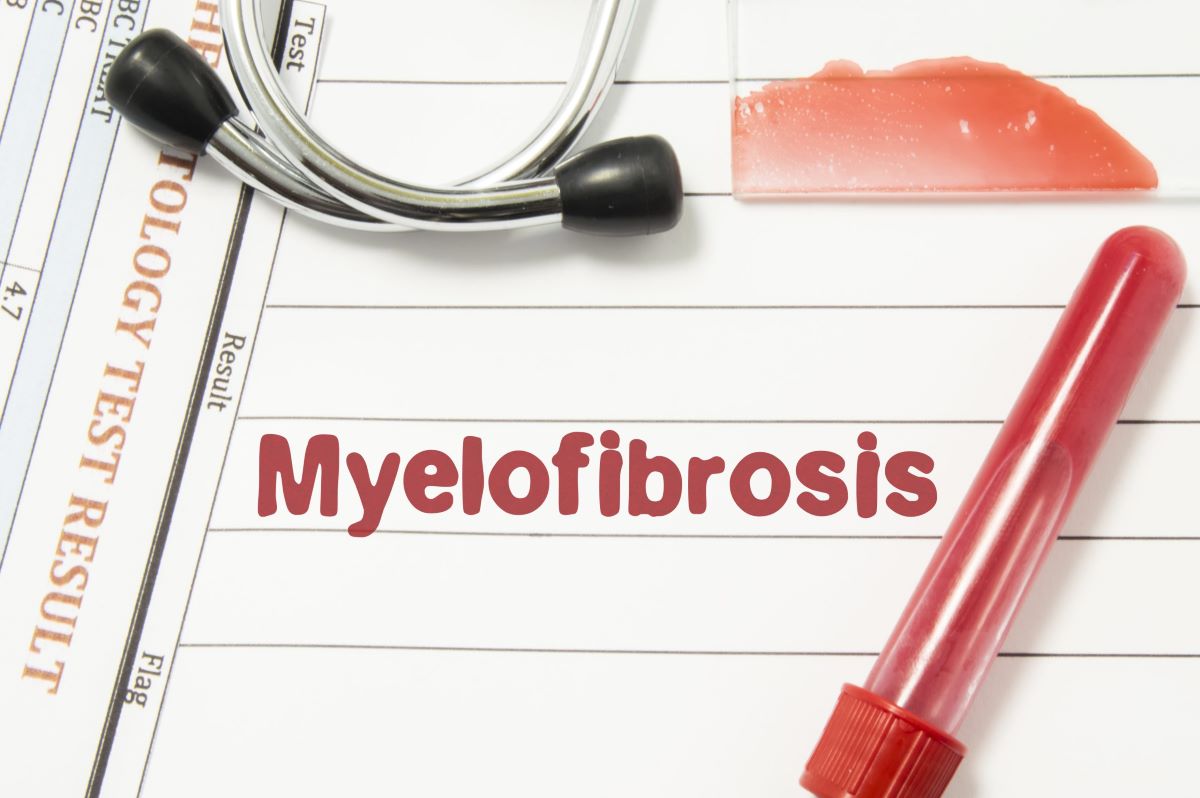
The JAK2/IRAK1/ACVR1 inhibitor pacritinib may not only stabilize platelet (PLT) counts but also boost them in some patients with cytopenic myelofibrosis, according to a retrospective analysis presented at the 65th American Society of Hematology (ASH) Annual Meeting and Exposition.
The retrospective study evaluated whether pacritinib (at 200 mg BID) increased PLT counts in the phase III PERSIST-2 and phase II PAC203 dose-ranging studies, both of which included mostly participants who had been previously and recently treated with a JAK2 inhibitor and had JAK2V617F mutations.
The following International Working Group criteria were used to define an improvement in PLT count:
- Baseline PLT <20×109/L, increase to >20×109/L and by at least 100%
- Baseline PLT 20–100×109/L, absolute increase of ≥30×109/L in the absence of platelet transfusions, sustained over any eight weeks during treatment
The researchers reported that 19 of 117 patients (16%) who had been randomized to receive pacritinib met the criteria for hematologic improvement; of those responders, the increase was sustained for 12 weeks or more in 14 patients. Responders tended to have higher PLT counts and hemoglobin at the start of the studies, according to Pankit Vachhani, MD, of the University of Alabama at Birmingham, and colleagues.
In comparison, just four of 77 patients (5%) treated with best available therapy had a PLT improvement.
Those with an improved PLT count did not also benefit in terms of reduced spleen volume or symptoms, but a numerical reduction in bone marrow failure (BMF) was reported (67% for responders vs 23 for non-responders, P=.057). As for safety, PLT responders had a similar rate of hemorrhagic events as non-responders (47% and 46%, respectively) but a lower rate of grade ≥3 bleeding (10.5% vs 16%, respectively).
“Further studies are warranted to assess the correlation between hematologic improvement and BMF reduction with pacritinib,” Dr. Vachhani and colleagues concluded. “It is possible that pacritinib’s unique mechanism of action as an IRAK1 inhibitor could result in modulation of the bone marrow microenvironment and thrombopoiesis.”
Reference
Vachhani P, Abdulraheem Y, Traer E, et al. Platelet response in pacritinib-treated patients with cytopenic myelofibrosis: a retrospective analysis of PERSIST-2 and PAC203 studies. Abstract #4554. Presented at the 65th ASH Annual Meeting and Exposition; December 9-12; San Diego, California.






 © 2025 Mashup Media, LLC, a Formedics Property. All Rights Reserved.
© 2025 Mashup Media, LLC, a Formedics Property. All Rights Reserved.